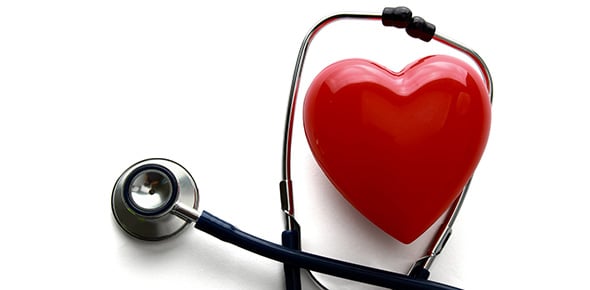What is the name used when Ca2+ ions bind to the DHP receptor or RyR...
The primary function of erythrocytes is
What attaches each globin?
What is angiogenesis?
The innate immune system is composed of what?
What is the first heart beat sound?
What do calcium channel blockers do?
What do diuretics do?
What do megakaryocytes do?
What is the most common cause of hypotension in non shock?
What is happening to the heart in this image?
What is hypoxia?
A patient comes in with a normal BP, while sitting, however upon...
Two treatments for shock if IVF fail
Which system controls smooth muscle
What does hypoxia activate?
What causes Porphyria Cutanea Tarda (PCT)?
Which blood vessels are composed of smooth muscle?
What is defected in Sickle cell anemia?
The voltage gated calcium receptor on the SR is called...?
In a EKG what does the PR interval measure?
Systolic Blood pressure is?
What is an example of B Receptor Blockers (B blockers)?
What is an example of calcium channel bloackers
Where does the first heart sound relative to an EKG?
What is an example of a Diuretic?
Which ion is ultimately responsiblefor muscle contraction
Normal Blood pressure is...
Name the immune system that uses NK, Macrophages, and neutrophils
Why is elastic tissue Good?
Malignant Hypertension is a SBP or DBP of...
What are the steps in making a stable fibrin clot? (Intrinsic pathway)
What do bundle of HIS do?
What do neutrophils do?
Which node is in the atrium?
Diastolic BP is?
What are the four most common methods used to treat heart attacks (HTN...
What cells turn into plasma cells and produce antibodies
What are the steps of making heme after ALA dehydrase up to heme...
Which immune system produces antibodies?
Which T lymphocytes directly kill the cell thats infected?
Hypertension is a BP of
How are antibodies produced?
What is globin composed of?
What do CD4 helper T lymphocytes do?
What is the partial pressure of Oxygen in blood after leaving the...
What is the partial pressure of blood when returning to the lungs...
What term is used for a low platelet count?
What is a major concern for spontaneous clotting?
Which immune response is highly specific, highly effective?
What prevent capillaries from being too leaky
What is the name for the passing of fluid in and out between plasma...
Most smooth muscle are single unit _______
What substrates make 5 ALA in heme production?
Smooth muscle is important in arteriole because it allows....
Fibrous tissue does what in blood vessels?
In an EKG what is the P wave?
What are the class of diseases called in which the pathways to making...
In an EKG what is the QRS complex?
Which two blood vessels do not have fibrous tissue?
What is an example of Angiotensin Converting Enzyme Inhibitors?
When there are no discernible P waves, and the QRS complexes are...
In an EKG what does the QT Interval express?
What happens in muscle contraction that allows power stroke
The name and location of healthy pacemaker cells are?
?which vessle is high in elastic tissue
Blood flow is proportional to this and inversely proportional to this
The most abundant cell in blood
What is only thin filiments in muscle?
What is happening to the heart in this image?
What is the force of pressure with a BOP of 28mm and IFOP of 6mm?
In smooth muscle what is the Calcium channel called
Blisters form in PCT in build up of
BHP 20 mmHg, BOP 25 mmHg, IOP 4mmHg, IOP 0mmHg
Gq activates what?
In an EKG what does the ST Segment show?
What makes porphobilinogen?
Smooth muscle is......patterns and Skeletal fibers.....
What is the A band?
What two proteins does Phospholipase C (PLC) cut? (Separated)
What is Shock?
In an EKG what is the T wave?
What is Oncotic pressure?
When talking about T-tubles as invaginations of the cell membane, what...
Calculate the mean arterial pressue for a blood pressue of 150/75mmHg
Where does Ca come from in Smooth muscle?
This inhibits cAMP and allows for contraction
This protien activates MLCK
What do you call it when a muscle is able to effectively lift a load?
What make up striations of in muscle?
What is an example of a inotrope?
What are the most common causes of shock? (select all that apply)
















